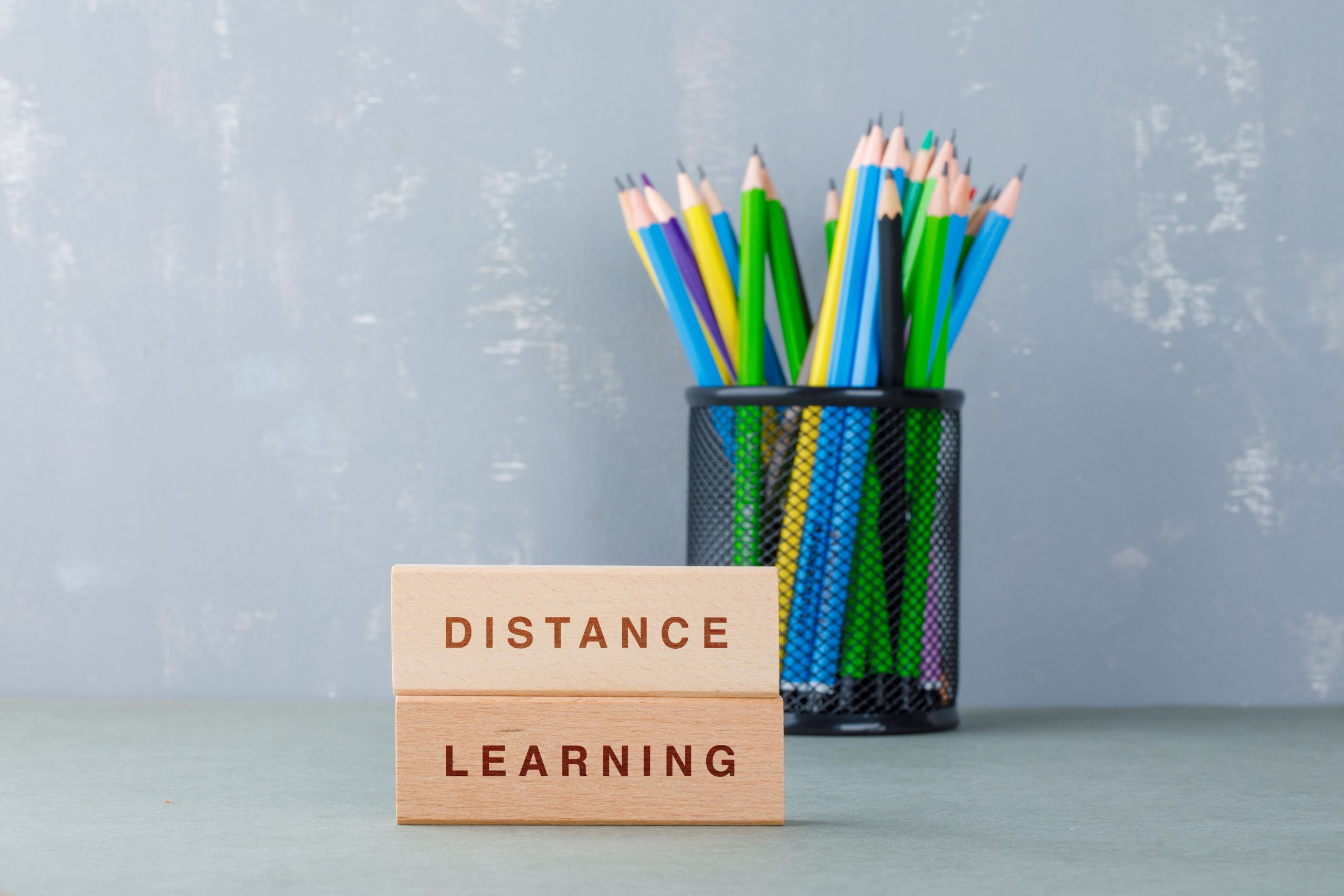Let me introduce you to AMECA, the world’s most advanced humanoid robot. She has an AI powered brain and facial recognition software – to interact with humans and have intelligent conversations. She also has voice, vision, hearing and motorised body parts.
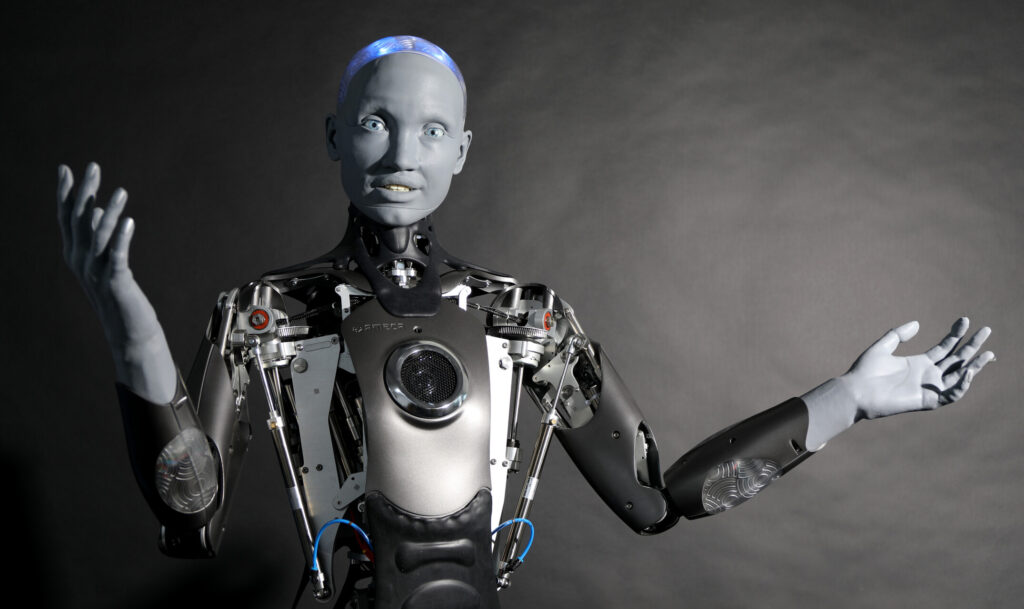
It is no secret, the machines are coming – for our jobs. A recent OECD report forecasts 30% of jobs will be displaced in the next 5 years.
OECD, Employment Outlook 2023. artificial Intelligence and Jobs
Burning question
In the age of artificial intelligence (AI), the burning question is: how can we (as educators) continue to be human?
The answer is simple – we need to embrace lifelong learning.
In this article, I will highlight the importance of – adopting AI and upskilling – to differentiate ourselves from the machines. By the end, you will have an understanding of – how to stay relevant in your job and organisation.
AI is everywhere
Ask yourself: have you used – any of the following applications in the past 24 hours? I’m reckoning you have. This is simply a shortlist of the many thousands of AI-driven apps that already exist.
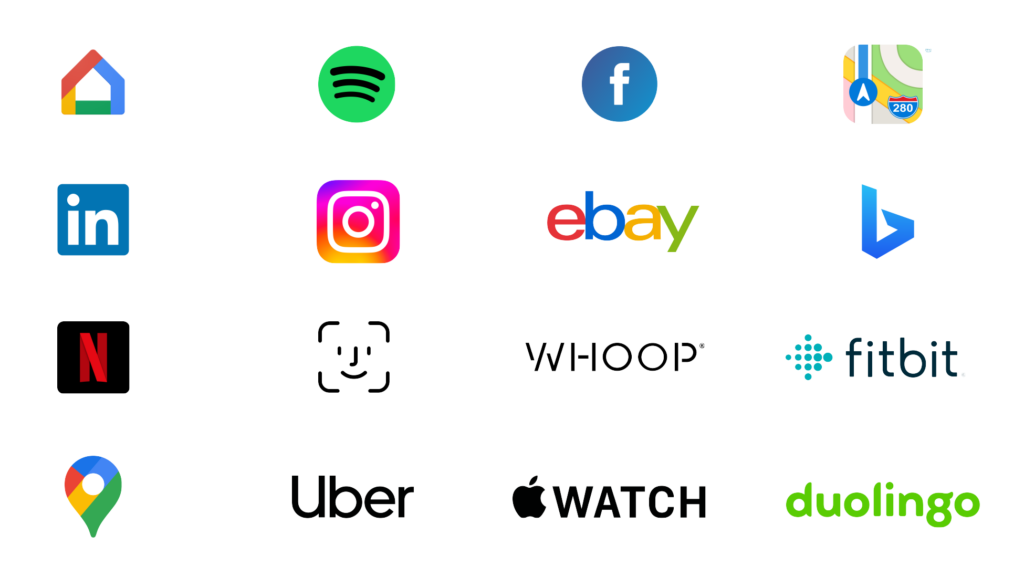
As you can see, the shortlist has a broad range of applications, including internet search engines, biometric systems, personal and home assistants, navigation and mapping, social media, health tracking, online shopping, entertainment streaming, ride sharing and language education.
The reality is, AI is everywhere. And many of us are already using it every day. AI is a big trend, potentially as significant as the internet boom in the late 1990s. And we, as educators, need to pay attention. We need to harness it.
High stakes
The race is on, to own the future. The winner takes all. Here are a few examples to highlight my point.
Microsoft recently invested USD 10 billion in OpenAI – the creators of two of the most popular AI applications: ChatGPT and DALL-E.
This year-to-date, six major technology companies (Microsoft, Apple, Alphabet, Amazon, Meta and Nvidia) collectively added USD 4 trillion to their market value. There is no doubt, much of these gains can be attributed to their recent business success with AI related technologies.

In response to Microsoft’s success with Bing powered by GPT – Google declared a Code Red. Co-founders Larry Page and Sergey Brin, rushed back to the office, to save Google. They released Bard, which has been pitched as a rival to Bing and ChatGPT.
The live launch was a fail. Bard served up misinformation regarding NASA’s James Webb Telescope to a 9-year old. Soon after, the markets panicked, and Google’s parent company, Alphabet, shed USD 100 billion in market value.
Challenges
If we are going to effectively use AI for the betterment of education, we are going to have to overcome a myriad of challenges including social, ethical, technical and environmental considerations.
However, there is a fundamental challenge that we first need to address, and that is aligning the ambitions of business and society. We will need strong AI controls to protect humanity. Because at the moment, there are no rules, no regulations, no laws – that govern AI. Is this the Wild West?
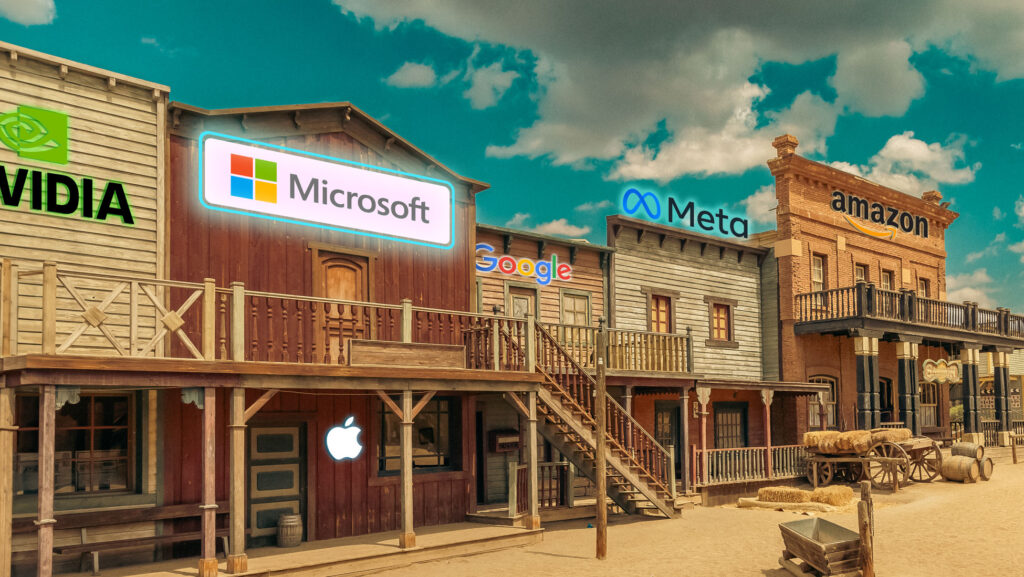
And who is leading the Wild West? It is the tech giants. Have they been ethical in their mission? No. What is their primary motivation? Profit.
“I do not think we can entrust the future of education to these companies. As educators, it is our responsibility to ensure a better future for humanity”.
CHAD OUTTEN, MYLEARNINGSPACE
AI laws
In 1950, science-fiction writer, Isaac Asimov wrote a series of short stories titled: I, Robot. The book contains his Laws of Robotics, which have often been citied in books, film and other media and also influenced many conversations regarding AI ethics.
In a nutshell, the laws state that robots must obey humans, protect them and not destroy humanity. That reads fine in a science-fiction novel, but we need something tangible for the real world.
Fortunately, there is some positive news on the horizon. The use of AI in the European Union will soon be regulated by the world’s first comprehensive AI law. It is currently in draft and likely to be approved and enacted before the end of 2023. This AI legislation could potentially be the template for other jurisdictions to emulate.
Algorithmic bias
What goes into the massive datasets used to train the AI systems? Algorithms. Algorithms are opinions embedded in code.
Typically, the datasets are scraped from the internet. This is a relatively quick and cheap process, but one in which the AI absorbs biases that inhabit the web and mirror society, with all the ugliness baked in.
And the scary thing is, our feedback as AI users – trains the machines to become more ‘intelligent’. So, we are in fact part of the problem as we reinforce the pre-existing biases and stereotypes.
Real or fake?
Did you see this image circulating online, earlier this year?


There was an explosion, at The Pentagon, in the United States. And at the time, multiple news sources reported this as a real image – a real event.
Within minutes, the S&P 500 index crashed, then rebounded when the image was confirmed a fake, AI-generated. But, during that brief period, there was a market capital swing of USD 500 billion.
Doesn’t this illustrate the potential danger of misinformation by AI? How do we know what is real or fake?
And in education, educators and learners will need very strong critical thinking and evaluation skills, to know what is fact or fiction.
Opportunities
There are so many opportunities to do good in education with AI. On the same token, it is fair to say, the traditional education model is outdated, broken and ready for disruption.
“AI presents us a gift, an opportunity to re-imagine education as we know it”.
CHAD OUTTEN, MYLEARNINGSPACE
Chat GPT
You have almost certainly heard of ChatGPT – the world’s most popular AI application. Moreover, you have probably tried the application and may already be using it every day as part of your work, studies or life.
ChatGPT uses a large language model (LLM) to create a neural network, a brain that responds to questions from humans.
In the past few years, we have witnessed an exponential improvement in LLMs, in terms of the volume of data and parameters they are trained on.
Let me put in perspective how rapidly ChatGPT has improved. A year ago, according to its results in a range of standard tests, it had the intelligence of a nine year-old child. Today, it has an IQ of 155, which makes it a lot smarter than the average adult.
ChatGPT can pass SAT exams used for college admissions in the United States. It can also pass the BAR exam and Medical Licensing exam, which at least in theory, indicate ChatGPT has the requisite knowledge to practice law and medicine.
Quality of education
AI tools such as ChatGPT could be used in various ways to improve the quality of education.
For educators, it could be effectively used for:
- Generation of ideas, content and media
- Design of programs, courses and learning experiences
- Assessment, grading and feedback
For learners, it could be effectively used for:
- Research
- Tutoring and support 24/7/365
- Assessment and feedback
Learner engagement
The learning science says learners are more likely to engage (and learn) when educators design learning experiences that go beyond text – and include multimedia. This could be an image, a sound, an animation, a video or a combination of these elements.
With that in mind, here are some AI applications to create media for your Moodle.
DALL-E
DALL-E is the sister application of ChatGPT by OpenAI. It creates realistic images and art from natural language description.
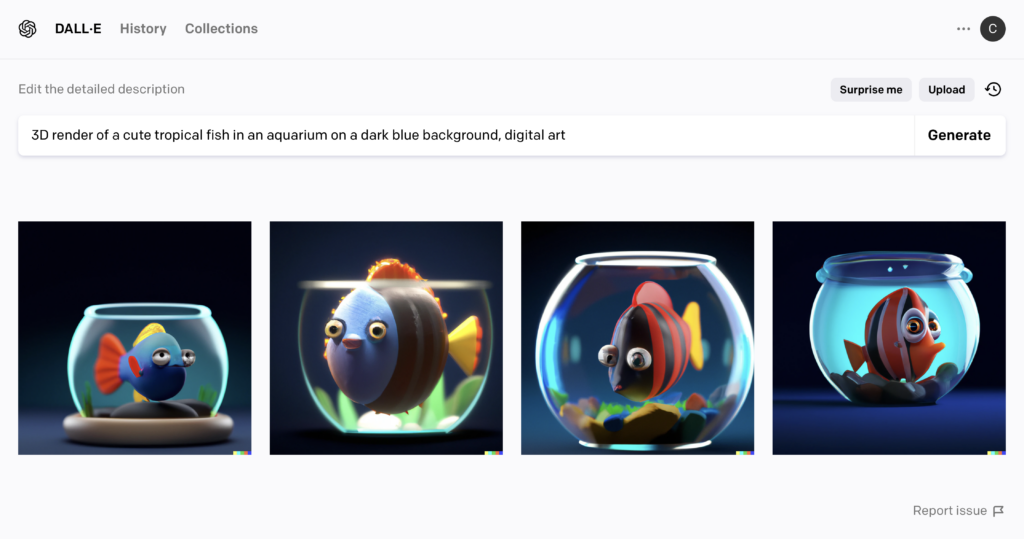
Enter your detailed description or text prompt, then, DALL-E generates a series of original images in seconds. Select any or all images for download, then upload to your Moodle. Here is an example of a prompt entered in DALL-E.
3D render of a cute tropical fish in an aquarium on a dark blue background, digital artMurf
Murf is a text-to-speech AI voice generator. It is useful for presentations, podcasts, e-learning and videos.
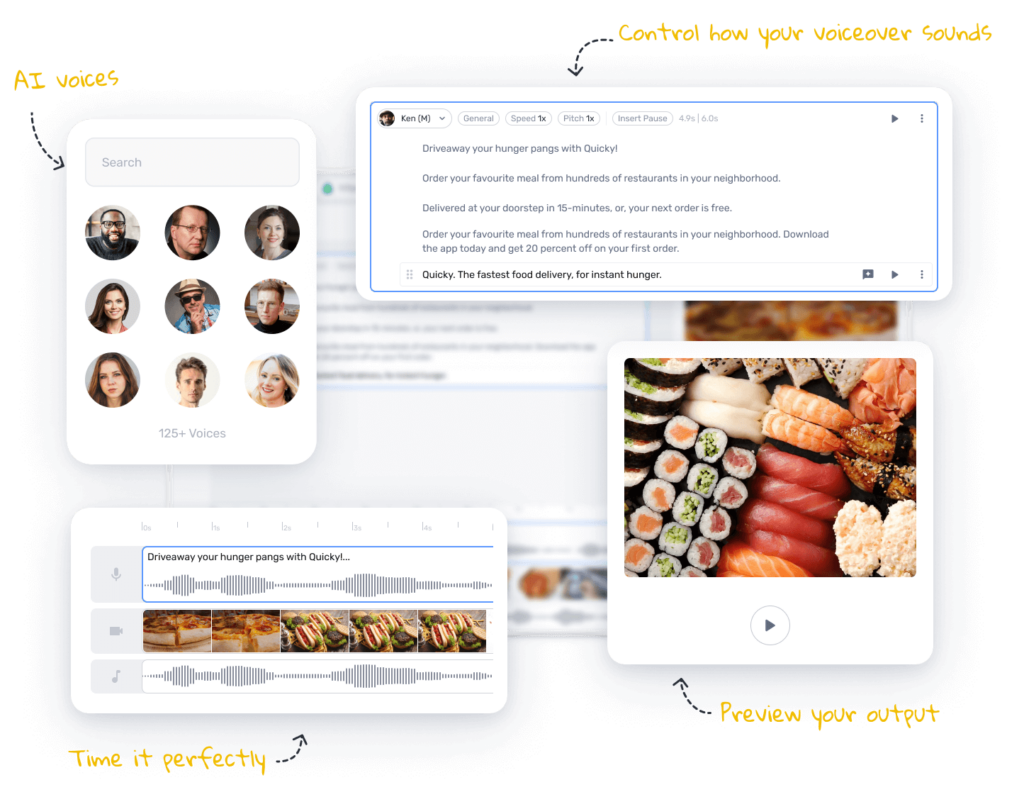
Select your preferred AI voice from its library, edit the settings, preview how it sounds, add it to a learning object, export as an audio or video file, then upload it to your Moodle.
Synthesia
Synthesia creates professional videos for learning. It has an extensive AI avatar library and text-to-speech support for around 120 languages.
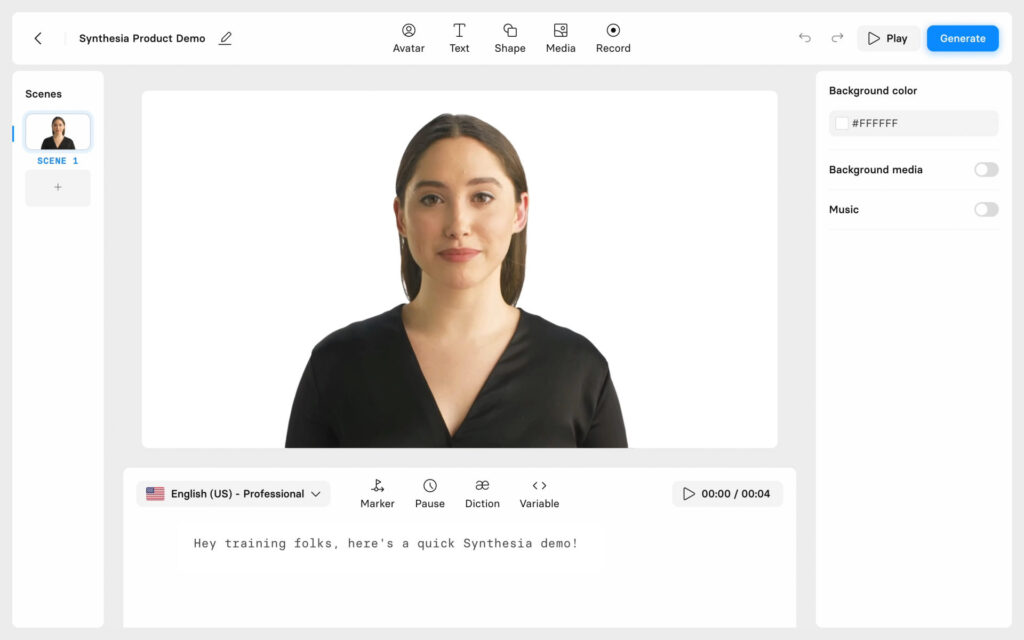
Choose a template design, select your preferred AI avatar, enter your text in its GPT-style prompter to generate your narrative, then export the video file for upload to your Moodle. The video can also be linked via LTI or embedded using H5P in your Moodle.
Food for thought
There are more than a few things to consider with these AI tools.
With regard to ChatGPT, it is not 100% accurate. Worse still, it is known to hallucinate and lie. And, as I mentioned a bit earlier, ChatGPT does contain biases.
Unfortunately, humans have a habit and history of deferring to new technologies as the source of truth. For example, Google search results and Wikipedia pages are often cited as sources of information that may be factually incorrect.
“On the same token, we cannot rely on ChatGPT as the source of truth. There needs to be greater scrutiny of the source of information and its accuracy”.
CHAD OUTTEN, MYLEARNINGSPACE
With regard to the aforementioned AI media creation tools and ChatGPT, we must acknowledge there are numerous pre-requisites to adoption and effective use by humans:
- Smart device
- Internet
- Digital literacy skills
- Analytical, problem solving, critical thinking and judgement
- Creativity and communication
AI in Moodle
At present, to be honest, there is not much AI inside Moodle. However, that means there is a lot of scope to build on this.
Learning analytics
You might have come across learning analytics. It has been included in Moodle core for many versions. It uses machine learning predictive models to assist educators to make informed decisions and intervene in a timely manner.
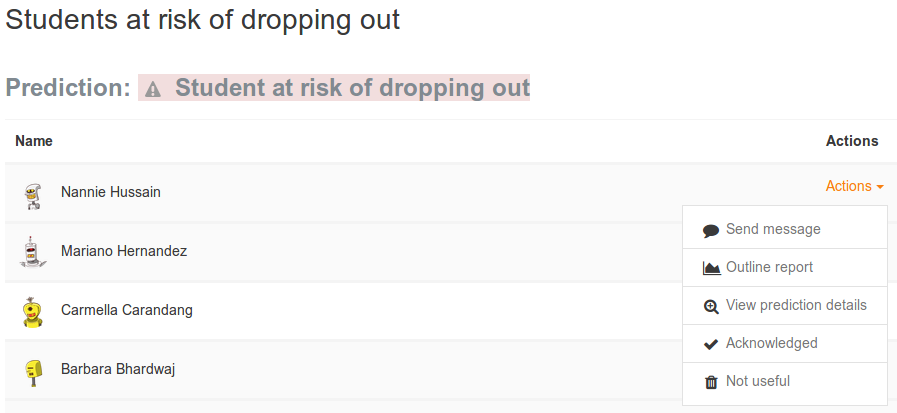
An example of a predictive model is ‘Students at risk of dropping out’. If learning analytics and the said predictive model are enabled and a student is disengaged, the teacher will receive an insight from Moodle. The insight provides the teacher with actionable information concerning the student.
For example, the student may not have accessed the Moodle course in the past 30 days, not posted to the forum nor submitted an assignment. The teacher can send a private message to the student and offer further support to help them re-engage.
Furthermore, the teacher can feedback to Moodle to indicate whether or not the insight was helpful. This trains the machine to become more intelligent with future predictions and insights.
AI plugins
Beyond Moodle core, there are a number of third-party AI plugins, that can be installed and configured by your system administrator to extend Moodle’s standard functionality. Here are a few plugins to consider.
AI chat plugin
The AI chat plugin uses AI to provide 24/7 chat support to users on their Moodle. This is helpful for administrators, trainers and learners.
The plugin is a block. This means it can be located on site home, dashboard, course page or anywhere a standard block can be added.
There are options to customise the persona of the AI agent and the prompt entered in the configuration will influence the text it outputs in response to input by end users.
Here is an example of a prompt entered in the Moodle configuration.
Imagine you are a Moodle support agent. Provide expert assistance to administrators, trainers and learners. In your responses to their queries, wherever possible, also provide a valid link to the relevant help documentation page on Moodle Docs.AI text to image plugin
The AI text to image plugin delivers AI generated images via the Moodle file picker.
Once installed and configured, simply navigate to anywhere you typically locate the HTML editor to add files to Moodle. You will now see an option to select ‘AI text to image’. Next, enter text to prompt AI to generate a series of images. Then, select the image(s) you want to add to your Moodle.
The plugin can be used to generate images for use in Moodle as a file resource, in a quiz, label, section heading image and elsewhere.
AI text to questions plugin
The AI text to questions plugin generates questions based on text prompts using AI. As you might have guessed, this plugin works with the quiz activity.
Enter your text prompt or tell your ‘Story’. Select the number of questions from the drop-menu. Click the ‘Generate’ button. The request is sent to AI. It creates the questions in your course question bank. Then, simply select the question(s) you want to use in your quiz activity.
AI wish list
As mentioned, there is not much AI in Moodle, at this stage. To that end, here are my wish list items. Hopefully, these items are added to Moodle core, some time soon.
AI agent
Let’s face it. Every good web application now has an AI chat bot. Come on, Moodle. Surely, this needs to be a high priority item on the development road map?
“I envisage an AI agent that can be configured with multiple personas to cater to various contexts and use cases, on a single Moodle site”.
CHAD OUTTEN, MYLEARNINGSPACE
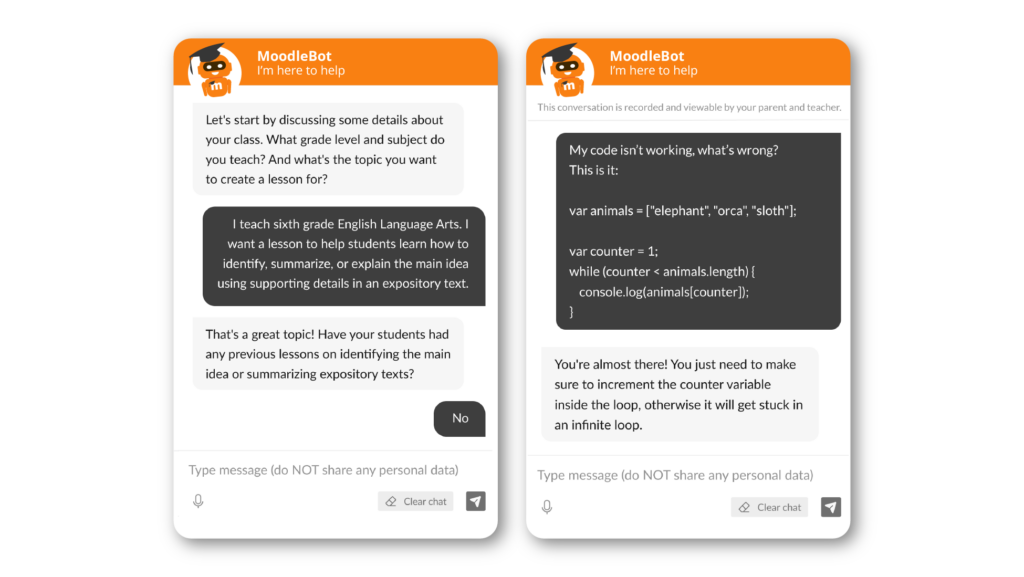
For example, an AI agent for educators would act in a mentor role and assist with learning design, this includes curricula, lessons, activities and resources. Refer to the MoodleBot mockup on the left.
An AI agent for learners would act as a tutor and assist with a broad range of topics, including creative writing, mathematics, language and computer coding. Refer to the MoodleBot mockup on the right.
Naturally, the AI agent would also need to have personas for administrators, managers, guests and so on.
Adaptive learning
Surprisingly, Moodle does not have adaptive learning, yet. Having said that, we are familiar with this kind of functionality on entertainment streaming services, such as Netflix and Spotify.
For example, because you watched or listened to ‘x’, we recommend ‘y’. This is adaptive learning.
Imagine if AI enabled Moodle to intelligently recommend courses based on a learner’s needs, interests or learning history.
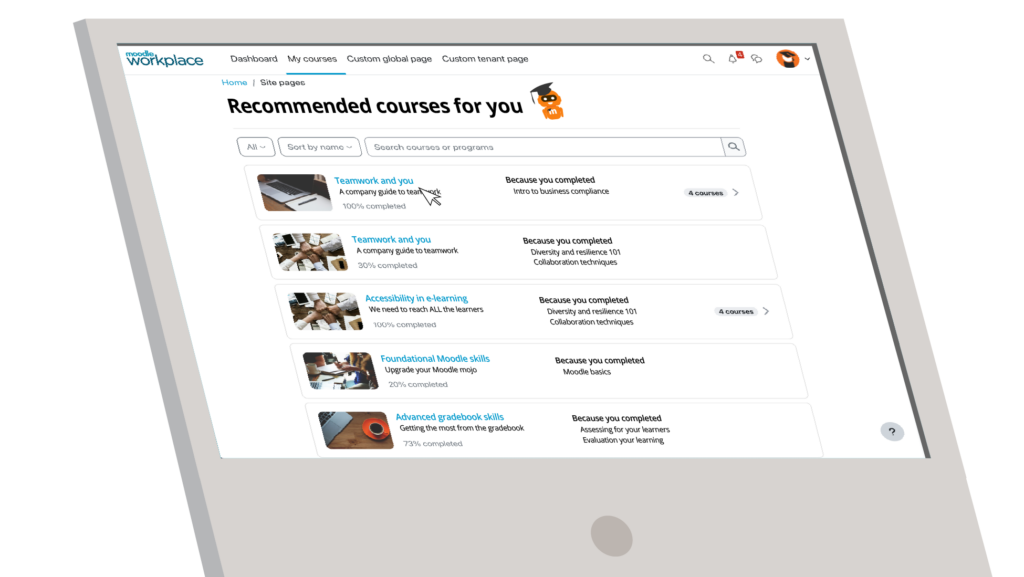
Adaptive learning has the potential to deliver learning that is more personalised to the individual and just-in-time. Overall, this represents a more impactful learner experience.
The future
So, what does the future hold?
Well, according to the OECD report mentioned earlier, recent AI developments have increased the demand for two skill sets:
- Skills to develop and maintain AI systems
- Skills to adopt, use and interact with AI applications
Skills to develop and maintain AI systems
- General AI knowledge, specific AI knowledge, AI tools
- Data analysis, software, programming languages, data visualisation, cloud computing
- Creative problem-solving
- Social skills, management skills
Skills to adopt, use and interact with AI applications
- Basic AI knowledge
- Ability to use computer or smartphone
- Analytical skills, problem-solving, critical thinking, judgement
- Creativity, communication, teamwork, multi-tasking
Only a small percentage of us will be responsible for developing and maintaining AI systems. The majority of us will need the skills to effectively adopt, use and interact with AI applications.
Let us pause for a moment. Ask yourself a couple of quick questions. Which AI skill set relates to your current (or future) job? And do you have the requisite skills?
If you possess all the requisite skills, that is excellent news. It likely means you are ready to harness AI in your job and organisation. However, if you do not possess all the requisite skills, that is fine as well. Simply acknowledge that represents an opportunity for some upskilling in readiness to adopt AI.
Final thoughts
AI is transforming how we teach, learn, live and work. It presents an opportunity for educators to be lifelong learners.
To stay relevant, we as humans, need to embrace AI and differentiate ourselves from the machines. Here are 3 actions we can take today:
- Reskill for AI. This could be an AI-related book, course or conference.
- Adopt AI. In your job and organisation with the intention of improving the quality of education.
- Support your learners to better engage with AI.
The journey of a thousand miles – starts with a single step. Please contact us if your organisation needs help strategising the best way forward with AI in education.
This article was 100% written by a human. No robots were harmed in the process.
To learn more about the future of AI in education, we recommend you watch Chad Outten’s presentation recording at Moodle Moot Global 2023, titled ‘Hello: AI. Is this the end of education as we know it?‘. And listen to his interview on the Moodle Podcast titled ‘How could AI impact education?‘.




